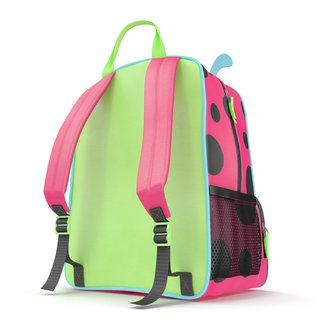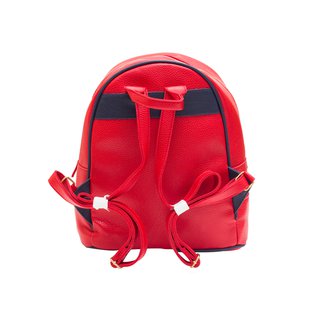Choose a school bag for your child that is right for their size. Children should not use adult-sized bags.
Which school bag to choose
You should choose a backpack-style bag for your child with 2 wide, padded, adjustable straps.


The straps should be tight enough to hold the bag close to the body. A bag with a waist belt can help support some of the weight.
The straps should be adjusted so that the bottom of the bag is just above the child’s waist.
Safely using a school bag
When you are packing the school bag, put heavier items close to your child's back. Lighter items should sit further from the body.
Tell your child not to carry their school bag:
- on one shoulder
- in their hand
There are other things your child can do to help carry their school bag safely.
Do
-
put the school bag on the ground when they can
-
bend their knees and squat down to pick up their bag, lifting it close to their body
-
try to only carry books they need for morning or afternoon classes - use a locker if they have one
-
try to get everything they need into 1 bag
-
use a pannier rack or bike basket to carry the bag if they cycle to school
-
stand up straight when they have their bag on their back
-
stand with the weight carried evenly on both legs
-
avoid slouching while wearing the school bag
Non-urgent advice: Contact your GP or a physiotherapist if your child complains of:
- upper or lower back pain
- neck pain
Check the weight of your child’s bag
About 1 in 3 school-age children has back pain or neck pain.
Carrying a very heavy school bag can cause strain or injury. It should be avoided. Your child should not carry more than 10% of their own weight.
Signs your child's bag is too heavy
Warning signs that your child's bag is too heavy include:
- a change in their posture when wearing the bag
- struggling when putting on or removing the bag
- pain when wearing the bag
- tingling or numbness in arms or red marks on the shoulders
